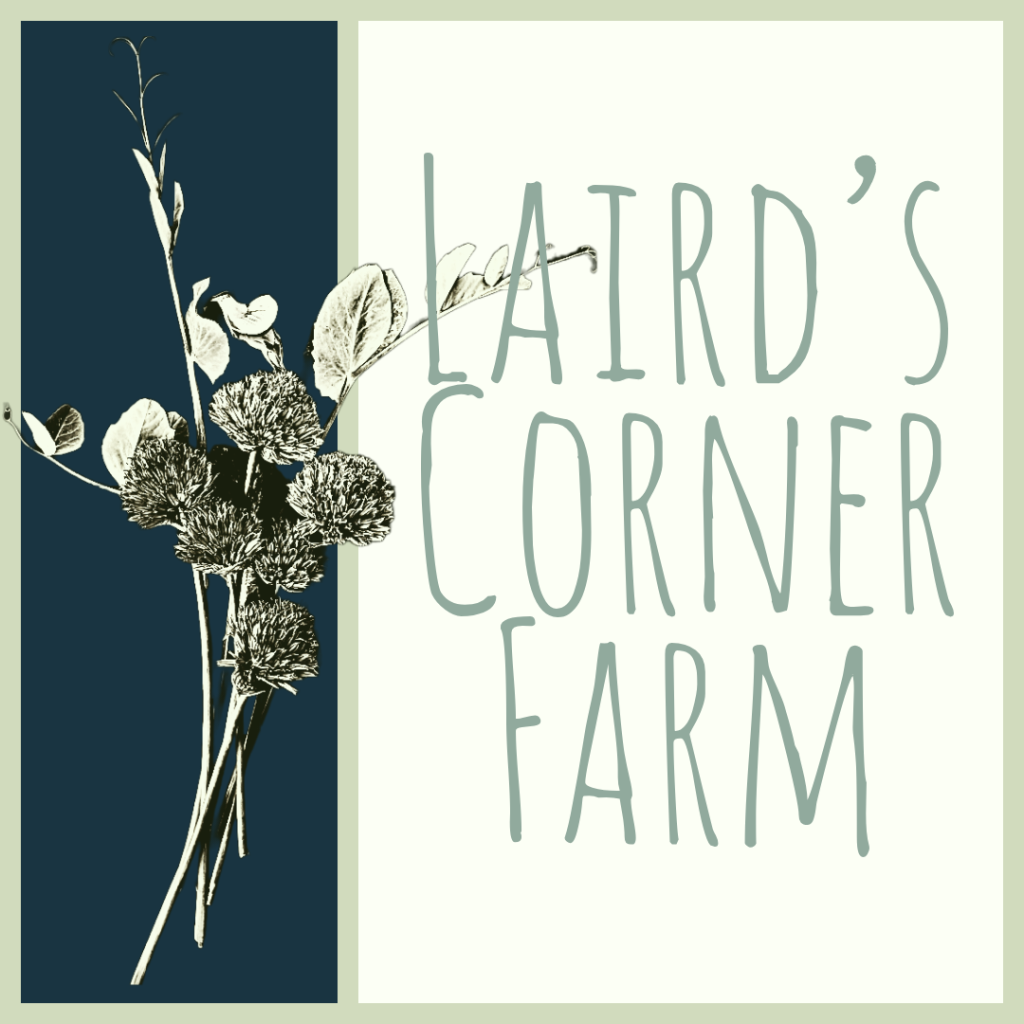Farm Journal: Hoop Coop Construction
We ordered a hoophouse kit from Greenhouse Megastore, but not for the purpose you might expect. We received it a couple of weeks ago, and now we’re putting it together. This hoophouse is destined to house, not tomatoes and winter lettuce, but poultry!
The kit we chose is 16x48ft with a round profile, as opposed to a gothic or gabled profile, which would’ve added unneeded height and cost per square foot. It’s the most basic model available on the Greenhouse Megastore website. It has thirteen hoops/arches, a lengthwise ridge rail, and one lengthwise side rail (AKA purlin) per side, all made of galvanized steel. Simple though it is, putting this thing together has been frustrating… infuriating, if you ask Michael. Things started to go more smoothly once we figured out that the instruction booklet was practically useless, and realized that we could just drill through the holes instead of wrestling the warped metal so the holes lined up perfectly for the bolts.
We spaced the hoops on 4ft centers. We’re hoping it allows us to skin the structure in 4ft-wide hardware cloth, running the wire crosswise across the structure and using steel cable ties to fasten it to the hoops. It’ll be close, and the lack of overlap may leave gaps; we’ll see. I plan to add another layer of wire horizontally/lengthwise at ground level, since that’s where the most determined predators will attempt entry. I will also use lumber and/or EMT conduit and more hardware cloth to build endwalls with access doors.
The next step will be to add a second skin of 55% light transmission, opaque, white greenhouse plastic. From what I’ve read, this material keeps a structure cooler in the summer than shade cloth due to its white color and so is a popular choice for livestock enclosures. Its main role will be to keep the coop dry and comfortable. Plus, if—heaven forbid—we have another outbreak of avian flu in the region, it will keep wild bird poop from falling in and infecting our poultry. Since chickens, in particular, like to be able to see out of their coop, and since all poultry need ventilation, we’ll keep the bottom few feet on the east side (the side facing the rest of the farm) open to the air.
The final step will be to outfit the interior of the coop. Perches for chickens, nest boxes for layers, a step-over barrier to separate mud-loving ducks from dust-loving chickens. The chickens will get their drinking water via nipples set in a PVC pipe. The ducks will get a swimming tub with a float valve to keep it topped up. Everyone will get a deep, soft carpet of sawdust, and we’ll add layers of fresh bedding whenever needed (i.e. the deep bedding method). When the bedding depth gets ungainly, we’ll muck it all out into a pile and—well, I wrote about my compost genius last month.
In a perfect world, we would pasture our poultry during all but the most inclement months of the year. But we may need to keep them safer and more sheltered than that even in good weather. We may sometimes raise breeds that don’t perform well on pasture, like Pekin ducks. We will have hens with broods of vulnerable chicks. Different flocks have different dispositions, some of which simply make pasturing difficult; e.g., hens who lay anywhere but the box, or ducks too stupid and well-insulated for an electric net fence to contain. We wanted to make sure we had a structure that could do it all. I think our hoop coop is the winning ticket. By the way… BABIES! The goose we call “Nondescript”—just a textbook female African goose with no distinguishing features—has hatched out her goslings! They are gorgeous. Of nine eggs, seven made it to hatching. Woohoo! The other female goose, Dumpy—whose distinguishing feature is her utter lack of instincts, which led to her eating less and stunting her own growth as a baby—has a nest right next to Nondescript, but she started a couple of weeks later and honestly, we don’t have high hopes. Again, utter lack of instincts. We hope she’ll watch and learn from Nondescript, who has been an absolute rockstar on the nest, but… well… we’ll see.
